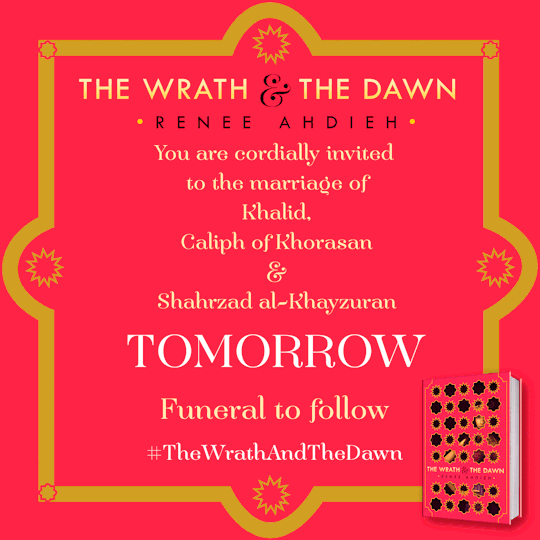Both of our readings this week talk about the
culture of reading and the future of the book. So I have two questions for you
as readers, pulling on your own experiences and all of the readings we have
done over the semester: First, how have reading and books changed since you
were a child, for you specifically? Second, talk a little about what you see in
the future for reading, books, or publishing - say 20 years from now. Will we
read more or less, will our reading become more interactive? What will happen
to traditional publishing? This is a very free-form question, feel free
to wildly extrapolate or calmly state facts, as suits your mood!
Back in my day we had to walk twenty miles uphill
both ways. This isn’t really true, but I
feel really old when I think about all the advances in technology over the years.
As a child, I didn’t grow up with
e-readers and smartphones with reading apps.
If I wanted a new book my mom would drive me to the library or we would buy
one at the grocery store. I remember
getting books each month from mail order book clubs. The books were always in a series, so my mom
would subscribe until I received each volume.
When the first
generation of Nook and Kindle were released while I was an undergrad, I was
very stubborn and I refused to give in to holding a tablet instead of feeling
the physical weight of a book. As
technology advancers, I expect these devices to make reading more interactive. In the future, I think we will continue to see
brick and mortar books stores fail because eBooks will continue to grow. As this happens, publishing companies will be
forced to change how they market and they will utilize online strategies. I
think self-published books will continue to rise and flood the market since
companies like Amazon make it easy for people to sell their work. Publishers may be forced to drop the prices
of books to compete with cheap self-published books. As a result, readers will have to be more
selective of their reading material since self-published books often contain
many mistakes.
